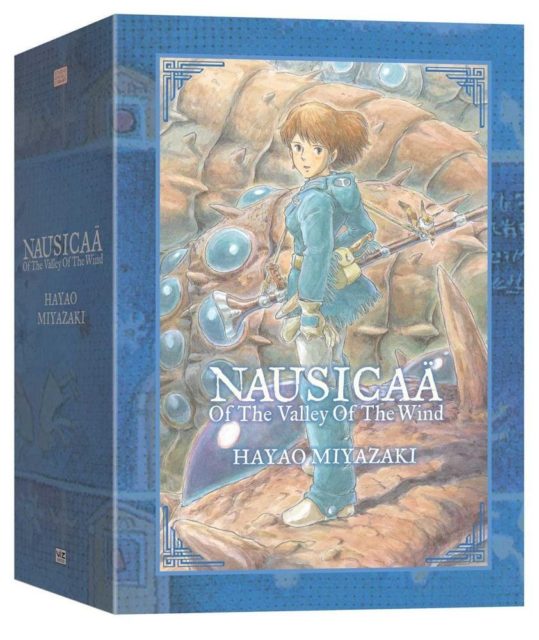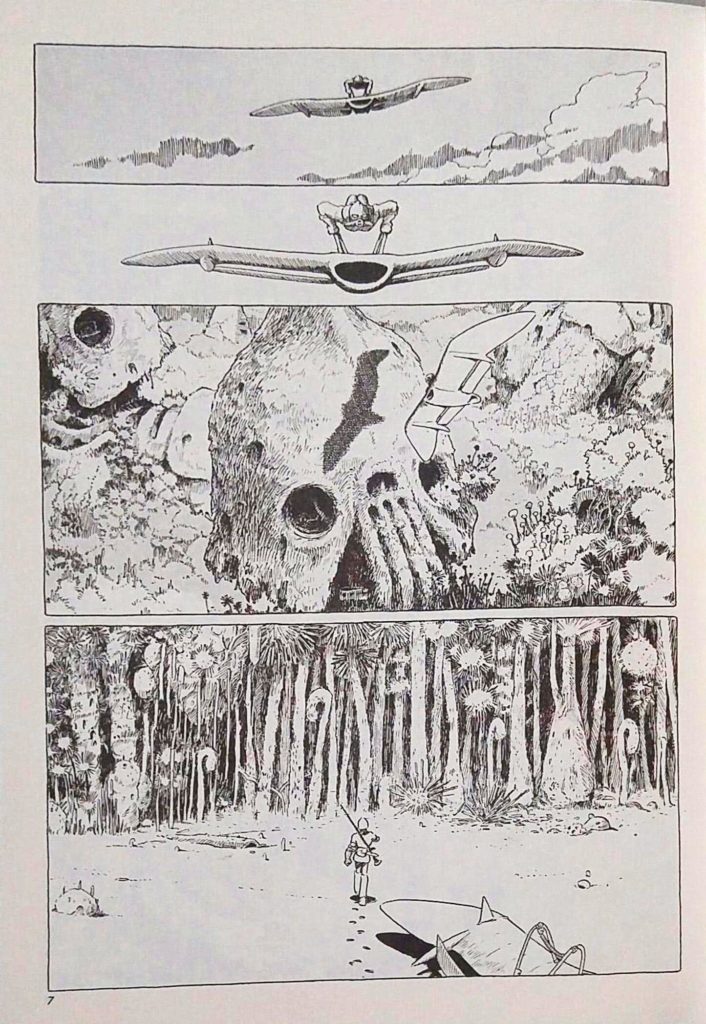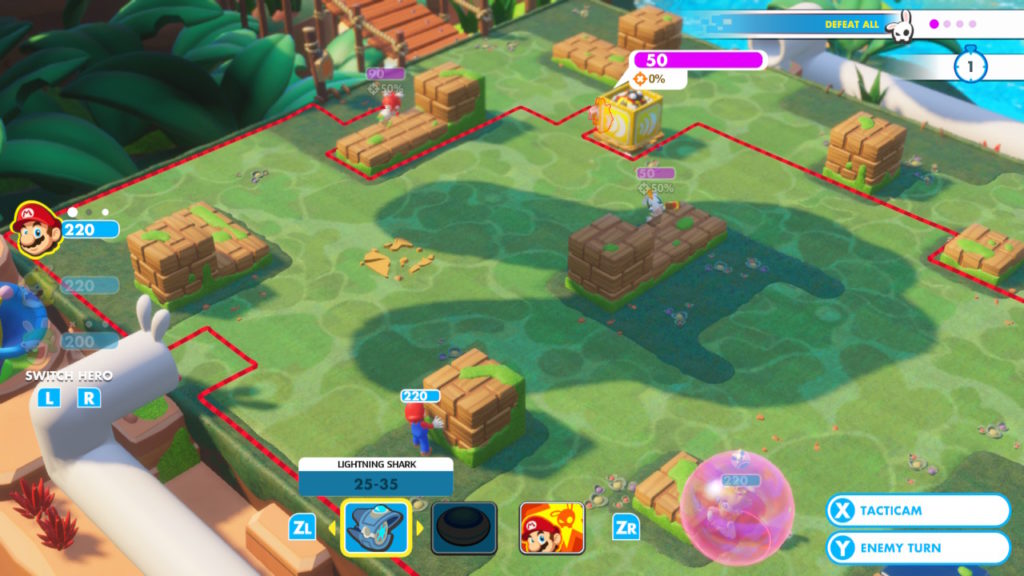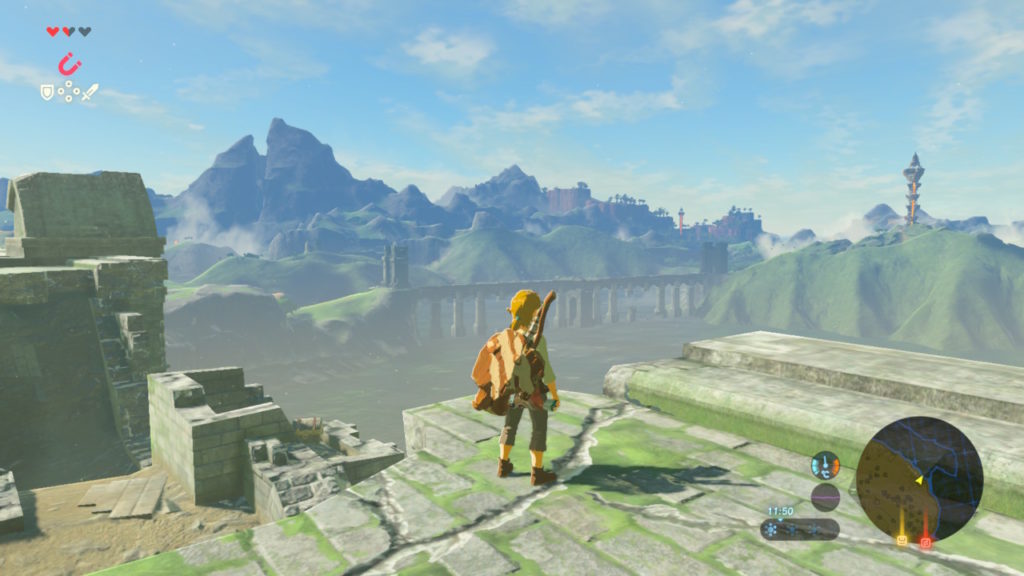
Hayao Miyazaki’s Nausicaa of the Valley of the Wind is a magnificent science-fiction manga, richer and more complex than the movie of the same name. Both the manga (1982-1994) and the movie (1984) chronicle the adventures of Nausicaa, a courageous young princess and aviator who becomes the saviour of a devastated world. While the movie is better-known, the manga benefits from being able to explore its world and characters at greater length — and in greater depth.
The closest Western equivalent is Dune, in terms of themes, epic sweep, and at times, a penchant for the surreal. Both stories are concerned with ecology and the environment: the desert and its sandworms in Dune, a poisonous forest and its guardian insects in Nausicaa. Both stories involve prophecy, the fall of empires, and a vast, often geographically separated cast. What distinguishes Nausicaa is Miyazaki’s worldview: there are few truly wicked characters in his works. Even scheming, selfish characters often discover a hidden side. Instead, the true villains are hatred, anger, and sometimes, sheer stupidity.
The multi-layered story permits multiple characters to shine. Like Paul Atreides in Dune, Nausicaa is a messianic figure who rallies downtrodden tribes, benefits from prophecy, and forms bonds across species. Unlike Paul, Nausicaa is a pacifist, and her concern for all living beings — plants, insects, and humans of every nation — is her defining trait throughout the story. Meanwhile, the most interesting character is Princess Kushana, promoted from the movie’s villain to the hero of a parallel plotline. Where Nausicaa operates on the level of the mythic, Kushana concerns herself with temporal power. Where Nausicaa benefited from a loving family, Kushana has been hardened by vicious court intrigue. And where Nausicaa’s circle of concern touches the whole world, Kushana’s initially focuses on the men under her command. Kushana’s story arc makes her both a useful foil to Nausicaa and my favourite character.

Art occasionally difficult to follow. While factions are distinguished by garb (and in one case, by speech bubbles in a different font), I found similarly dressed minor characters difficult to tell apart. Meanwhile, action scenes often required me to page back and forth to work out what was going on. This is one area where the coloured, animated movie has an edge over the manga.
Recommended for science fiction fans. Epic, engrossing, and imaginative, the Nausicaa manga is available in English as a handsome two-volume hardcover boxed set (Viz Media, 2012).
Enjoy the site? Subscribe below to receive email notifications:

